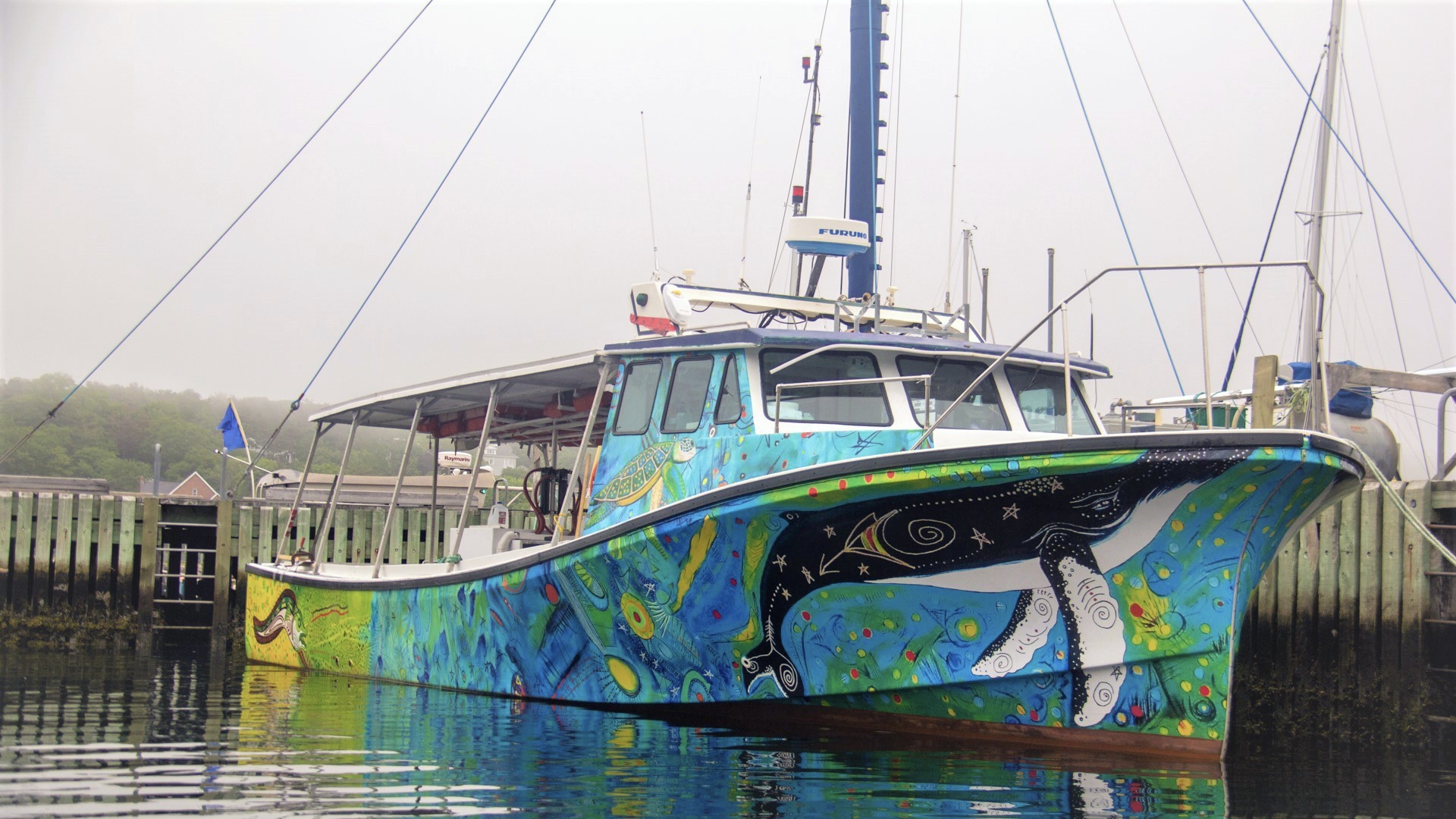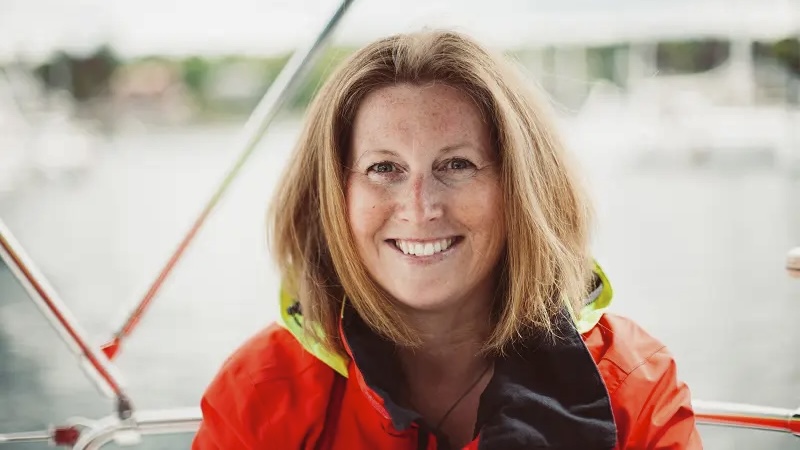Glas Ocean Electric’s US$2 million, or C$2.75 million, seed round will offer the Halifax startup a new level of flexibility compared to the project-based funding it has tapped in the past, according to CEO Sue Molloy.
Founded by Molloy in 2016, Glas Ocean has developed an electric propulsion system for boats. So far, the company has installed its technology on three vessels, and Molloy said the money from the seed round will go towards scaling operations.
So far, the round has a single, large participant: New York-headquartered Ocean Zero, which was founded three years ago by TED Conferences executive and host Chris Anderson and journalist Stephen Petranek. But in a statement, Glas Ocean said it was open to adding more investors.
“When you’re doing something like manufacturing or you’re finalizing designs or iterating designs, it’s not the kind of work that you can do when you’ve got contracts and grant money, because all that money is focused on a specific activity,” said Molloy.
“We’ve had amazing support from people like NRC-IRAP (the federal research funder) that has really helped us along the way, but what this investment does is it lets us … really work on finalizing our products and getting something that’s market-ready.”
Molloy, who holds a PhD in naval architecture and ocean engineering from Memorial University, had the idea to start Glas Ocean after reading about lobster fishers not emptying their traps because they could not afford fuel. The plan made good on Molloy’s longtime ambition to deploy her expertise in service of climate change mitigation.
Now, Glas Ocean makes electrification kits that can be fitted to any vessel smaller than those that qualify to be “classed” — a process by which marine industry players like Lloyd’s Register categorize large ships, like freighters and naval vessels. As examples of potential applications for Glas Ocean’s system, Molloy cited ferries, tour boats and dive boats used by scuba operators.

Owned by Halifax tour company Ambassatours, the Alutasi was fitted with a Glas Ocean propulsion system.
Business development efforts have so far focused in significant part on Atlantic Canada, but the business has also received interest from potential customers in South America, the Caribbean, Europe and Asia.
The Ocean Zero money will go mostly towards building out a scaleable production process, Molloy said, including logistics and assembly. That will include hiring more staff, as well as building up a parts inventory to prevent delays from supply chain backlogs.
“If you were trying to build a system from scratch, you’d be looking at 18 months for most of your supplies, so we have pre-ordered all of our pieces using this investment money,” said Molloy, adding that having better access to components will allow Glas Ocean to sell pre-orders.
“By getting those pre-orders, it allows us to figure out exactly the best way to do the manufacturing, how to put them together into kits in a way that minimizes … the amount of storage time and people time running around after parts.”
Glas Ocean is exploring possible short-term partnerships with other innovation ecosystem organizations, such as post-secondary institutions, as a way to access manufacturing space for the next year or so. During this time, Molloy and her team will decide whether to purchase their own manufacturing facility, or move into a rented space.
“We’re not really interested so much in being completely vertically integrated,” said Molloy. “We’re talking to different companies we’ve been working with for a while about formalizing those relationships.”










